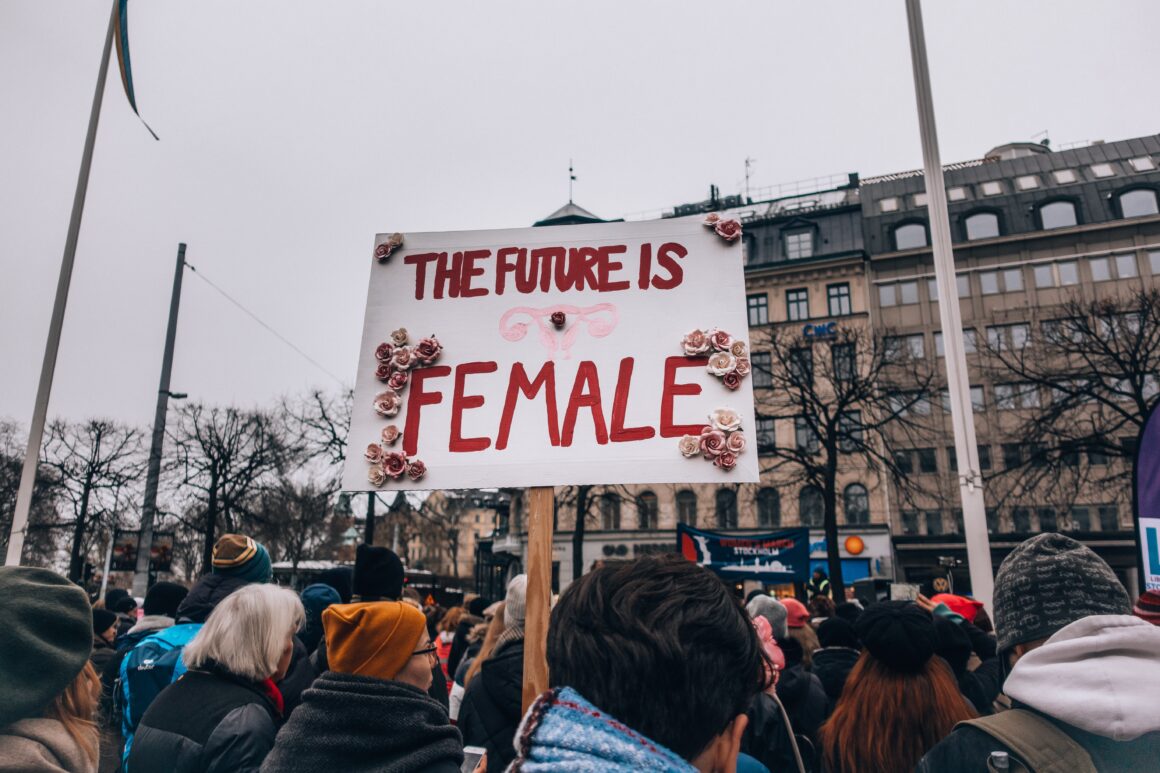
The Powerpuff Girls was an American animated television series produced by Cartoon Network Studios for Cartoon Network from 1998 to 2005. The show was centered around three young girls with superpowers: Bubbles, Buttercup, and Blossom. These girls were accidentally created with “sugar, spice, and everything nice” by Professor Utonium, their “father.” In a world with predominantly male superheroes, the Powerpuff girls provided children with some of the only female superheroes in television and movies. The girls represented different types and personalities of girls, showing that different is good. This started the movement of more strong girls in television, and gave more women the sense of representation. When I was growing up, seeing heroic women on television destroyed some internalized misogyny I had. It definitely shattered the institutionalized idea that girls are weak, thus changing my childhood for the better. For me and for many, the Powerpuff girls were the first visible feminist icons.
Blossom (pink): the “everything nice” of the equation, voiced by Cathy Cavidini. Qualities of hers include speaking freely and honestly to the authoritative male in her life: the professor. As a strong-willed girl, she can talk to him and question him, because they are equals. This is one of the many lessons The Powerpuff Girls taught me. Girls can stand up to men, and it’s perfectly normal and acceptable. While this has become more understood through time, The Powerpuff Girls helped children of my generation understand equality. This, obviously, is very, very, very, indescribably important! If this idea is implemented at an early age, it will spread more through future generations!
Buttercup (green): the “spice” in the equation, voiced by Elizabeth Daily. Qualities of Buttercup include being tough, a tomboy, and not afraid to get dirty. Her interests never really lined up with her sisters’. In other words, she didn’t fit into the female gender role. She was different, and it was completely okay! In my early childhood this taught me that not every girl loves pink, not every girl likes to wear dresses, and not every girl fits into the stereotypical feminine standard. This, in turn, helped me understand the male gender role and it’s correlation with my life. I was able to understand that just like Buttercup, I didn’t exactly fit into my gender role. This representation in television helped me come to terms with this and helped me realize that it’s 100 percent natural.
Bubbles (blue): the “sugar” of the equation, voiced by Tara Strong. Qualities of Bubbles include cute, sensitive, sweet, yet completely capable of rage. She is loving, especially to animals. Bubbles’ character almost perfectly contradicts Buttercup’s. Buttercup is this rough and tough tomboy while Bubbles is a loving, sensitive girl. Buttercup does not fit into the gender role, while Bubbles does. This concept and difference helped me understand that it’s acceptable to be in the gender role, as long as it’s not harmful. Both characters are heroic and effective in their roles. These differences display how girls (and boys too) can be successful in and out of the gender role.
All in all, The Powerpuff Girls was undoubtedly a great source of childhood education (for me, at least). Whether they recognize it or not, all viewers became rid of some kind of internalized misogyny while watching the show. It gave all children a sense of strong female representation in television, helping with the fight for gender equality. Growing up, I’m glad I met Blossom, Buttercup, and Bubbles through my television, and I hope that all other people in my generation did also because they changed my life.


